Compared with general machine products, motors have a similar mechanical structure, and the same casting, forging, machining, stamping and assembly processes;
But the difference is more obvious. The motor has a special conductive, magnetic and insulating structure , and has unique processes such as iron core punching, winding manufacturing, dipping and plastic sealing, which are rare for ordinary products.
The manufacturing process of the motor mainly has the following characteristics:
- There are many types of work, and the process involves a wide range of
- There are many non-standard equipment and non-standard tooling,
- There are many types of manufacturing materials;
- High machining accuracy requirements;
- The amount of manual labor is large.
If the groove shape is not neat, it will affect the quality of the embedded money, the burr is too large, the dimensional accuracy and tightness of the iron core will affect the magnetic permeability and loss.
Therefore, ensuring the manufacturing quality of punching sheets and iron cores is an important part of improving the quality of motor products.
The quality of punching is related to the quality of punching die, structure, precision of punching equipment, punching process, mechanical properties of punching material, and the shape and size of punching plate .
Punch size accuracy
From the die aspect, reasonable clearance and die manufacturing accuracy are necessary conditions to ensure the dimensional accuracy of punching pieces.
When a double punch is used, the dimensional accuracy of the working part is mainly determined by the manufacturing accuracy of the punch, and has nothing to do with the working state of the punch.
According to the technical conditions, the difference of stator tooth width accuracy is not more than 0.12mm, and the allowable difference of individual teeth is 0.20mm.
glitch
To fundamentally reduce the burr, it is necessary to strictly control the gap between the punch and the die during mold manufacturing;
When the die is installed, it is necessary to ensure that the clearance on all sides is uniform, and the normal operation of the die must be ensured during punching. The size of the burr should be checked frequently, and the cutting edge should be sharpened in time;
The burr will cause short circuit between the cores, increasing the iron loss and temperature rise. Strictly control the iron core to achieve the press-fit size. Due to the existence of burrs, the number of punching pieces will be reduced, causing the excitation current to increase and the efficiency to decrease.
If the burr at the rotor shaft hole is too large, it may cause the reduction of the hole size or the ovality, making it difficult to press-fit the iron core on the shaft. When the burr exceeds the specified limit, the mold should be repaired in time.
Incomplete and unclean
If the insulation treatment of the punching sheet is not good or the management is not good, the insulation layer will be damaged after pressing, so that the iron core is moderate and the eddy current loss is increased.
The quality problem of iron core pressing
In addition, the effective length of the iron core increases, so that the leakage reactance coefficient increases, and the leakage reactance of the motor increases.
The teeth of the stator core spring open more than the allowable value
The weight of the stator core is not enough
The reason why the core weight is not enough is:
- The stator punching burr is too large;
- The thickness of the silicon steel sheet is uneven;
- The punching piece is rusted or stained with dirt;
- When pressing, the pressure is not enough due to oil leakage of the hydraulic press or other reasons.The stator core is uneven
uneven inner circle
Groove wall notches are uneven
The reason for the uneven stator core is:
- The punching pieces are not press-fitted in sequence;
- Punching burr is too large;
- Grooved rods become smaller due to poor manufacturing or wear;
- The inner circle of the lamination tool cannot be tightened due to the wear of the inner circle of the stator core;
- The stator punching slot is not neat, etc.
The stator iron core is uneven and requires filing grooves, which reduces the quality of the motor. In order to prevent the stator iron core from grinding and filing , the following measures should be taken:
- Improve die manufacturing precision;
- Realize single-machine automation, so that the punching sequence is stacked in sequence, and the sequence is press-fitted in sequence;
- Guarantee the accuracy of the application of process equipment such as molds, grooved bars and other process equipment produced during the press-fitting of the stator core
- Strengthen the quality inspection of each process in the punching and pressing process.
The quality of the cast aluminum rotor directly affects the technical and economic indicators and operating performance of the asynchronous motor. When studying the quality of the cast aluminum rotor, it is not only necessary to analyze the casting defects of the rotor, but also to understand the quality of the cast aluminum rotor to the motor’s efficiency and power factor. And the impact of startup and running performance .
The relationship between aluminum casting method and rotor quality
This is because the strong pressure during die casting makes the cage bar and the iron core contact very closely, and even the aluminum water squeezes between the laminations, and the lateral current increases, which greatly increases the additional loss of the motor.
In addition, due to the fast pressurization speed and high pressure during die casting, the air in the cavity cannot be completely eliminated, and a large amount of gas is densely distributed in the rotor cage bars, end rings, fan blades, etc. The proportion of centrifugal cast aluminum is reduced (about 8% less than that of centrifugal cast aluminum). The average resistance increases by 13% , which greatly reduces the main technical and economic indicators of the motor. Although the centrifugal cast aluminum rotor is affected by various factors, it is easy to produce defects, but the additional Loss is small.
When low-pressure casting aluminum, the aluminum water comes directly from the inside of the crucible, and it is poured at a relatively “slow” low pressure, and the exhaust is better; when the guide bar is solidified, the upper and lower end rings are supplemented with aluminum water. Therefore, the low pressure cast aluminum rotor is of good quality.
It can be seen that the low-pressure cast aluminum rotor is the best in electrical performance , followed by centrifugal cast aluminum, and pressure cast aluminum is the worst.
Influence of rotor mass on motor performance
- The rotor punching burr is too large;
- The thickness of the silicon steel sheet is uneven;
- The rotor punch is rusted or dirty;
- The pressure during press-fitting is small (the press-fitting pressure of the rotor core is generally 2.5~.MPa) .
- The preheating temperature of the cast aluminum rotor core is too high, the time is too long, and the core is burnt seriously, which reduces the net length of the core.
The weight of the rotor core is not enough, which is equivalent to the reduction of the net length of the rotor core, which reduces the cross-sectional area of the rotor teeth and the rotor choke, and increases the magnetic flux density. The effects on motor performance are:
- The excitation current increases, the power factor decreases, the stator current of the motor increases, the copper loss of the rotor increases, the efficiency decreases, and the temperature rise increases.
Rotor staggered, slot slash not straight
- The rotor core is not positioned with a slot bar during press-fitting, and the slot wall is not neat.
- The clearance between the oblique key on the dummy shaft and the keyway on the punching piece is too large;
- The pressure during press-fitting is small, and after preheating, the burrs and oil stains of the punching sheet are burned off, which makes the rotor sheet loose;
- After the rotor is preheated, it is thrown and rolled on the ground, and the rotor punching piece produces angular displacement.
The above defects will reduce the rotor slot, increase the leakage reactance of the rotor slot, reduce the cross section of the bar, increase the resistance of the bar , and have the following effects on the motor performance:
- The maximum torque is reduced, the starting torque is reduced, the reactance current at full load is increased, and the power factor is reduced;
- The stator and rotor currents increase, and the copper loss of the stator increases;
- The rotor loss increases, the efficiency decreases, the temperature increases, and the slip ratio is large.
The width of the rotor chute is larger or smaller than the allowable value
The effects on motor performance are:
- If the chute width is larger than the allowable value, the leakage reactance of the rotor chute will increase, and the total leakage reactance of the motor will increase;
- The length of the bar increases, the resistance of the bar increases, and the impact on the performance of the motor is the same as below;
- When the chute width is smaller than the allowable value, the leakage reactance of the rotor chute decreases, the total leakage reactance of the motor decreases, and the starting current increases;
- The noise and vibration of the motor are large.
Broken rotor bar
- The rotor iron core is press-fitted too tightly, and the rotor iron core expands after casting aluminum, and excessive pulling force is applied to the aluminum strip, which will break the aluminum strip.
- After casting aluminum, the mold release is too early, the aluminum water is not solidified well, and the aluminum bar is broken due to the expansion force of the iron core.
- Before casting aluminum, there are inclusions in the rotor core groove.
The winding is the heart of the motor, and its lifespan and operational reliability mainly depend on the quality of the winding’s manufacture, electromagnetic action during operation, mechanical vibration and environmental factors;
The selection of insulating materials and structures, insulation defects and insulation treatment quality during the manufacturing process, directly affect the quality of the winding, so attention should be paid to the winding manufacturing, winding drop and insulation treatment .
Most of the magnet wires commonly used in motor windings are insulated wires, so the wire insulation is required to have sufficient mechanical strength, electrical strength, good solvent resistance, high heat resistance, and the thinner the insulation, the better.
Insulation Materials
- Dielectric strength
- Insulation resistivity KV/mm MΩ ratio of applied voltage of insulating material/leakage current of insulating material;
- The dielectric constant, the energy of the ability to store electrostatic charges;
- Dielectric losses, energy losses in alternating magnetic fields;
- Corona resistance, arc resistance and anti-leakage trace performance.
Mechanical properties
Physical and chemical properties
Quality inspection of coils
Appearance inspection
- The dimensions and specifications of the materials used for inspection shall comply with the drawings and technical standards.
- The pitch of the windings should meet the requirements of the drawings, the connection between the windings should be correct, the straight part should be straight and neat, the ends should not be seriously crossed, and the shape of the insulation at the ends should meet the regulations.
- The slot wedge should have sufficient tightness, and check with a spring balance if necessary. There should be no rupture at the end. The slot wedge should not be higher than the inner circle of the iron core.
- Use the template to check that the shape and size of the winding end should meet the requirements of the drawing, and the end binding should be firm.
- Both ends of the slot insulation are broken and repaired, which should be reliable. For motors with less than 36 slots, it should not exceed three places and must not be broken to the core.
- DC resistance allows ±4%
Withstand voltage test
The test voltage is AC, the frequency is 50Hz and the actual sine waveform. In the factory test, the effective value of the test voltage is 1260V (when P2<1KW) or 1760V (when P2≥1KW) ;
When the test is carried out after embedding the wire, the effective value of the test voltage is 1760V (P2<1KW) or 2260V (P2≥1KW) .
The stator winding should be able to withstand the above voltage for 1min without breakdown.
Quality Inspection of Winding Insulation Treatment
Moisture resistance of windings
Thermal and thermal properties of windings
Mechanical properties of windings
Chemical stability of windings
After special insulation treatment, it can also make the winding anti-mildew, anti-corona and anti-oil pollution, so as to improve the chemical stability of the winding.
The characteristics of the motor assembly are mainly determined by the use requirements and structural characteristics, mainly including:
All parts should be interchangeable
Relevant State Department: According to the commonality of various types of motors and certain types of motors, some general standards have been formulated. According to the special requirements of a certain series or a certain variety, the standard is formulated.
Each enterprise shall formulate the standard implementation rules according to its own situation to formulate enterprise special product standards.
Among the standards at all levels, especially the national standard, there are mandatory standards, recommended standards and guiding standards.
Standard number composition
The second part: For example, GB755 is the national standard No. 755, and the serial number in the standard of this level is represented by Arabic numerals.
The third part: yes – separate from the second part and use Arabic numerals to indicate the year of implementation.
The standard that the product should meet (general part)
- GB/T755-2000 Rotating Electric Motor Rating and Performance
- GB/T12350—2000 Safety requirements for low-power motors
- GB/T9651—1998 Test method for unidirectional stepping motor
- JB/J4270-2002 General technical conditions for internal motors of room air conditioners.
special standard
- GB/T10069.1-2004 Noise Determination Methods and Limits of Rotating Electric Machines, Noise Determination Methods
- GB/T12665-1990 Damp heat test requirements for motors used in general environments
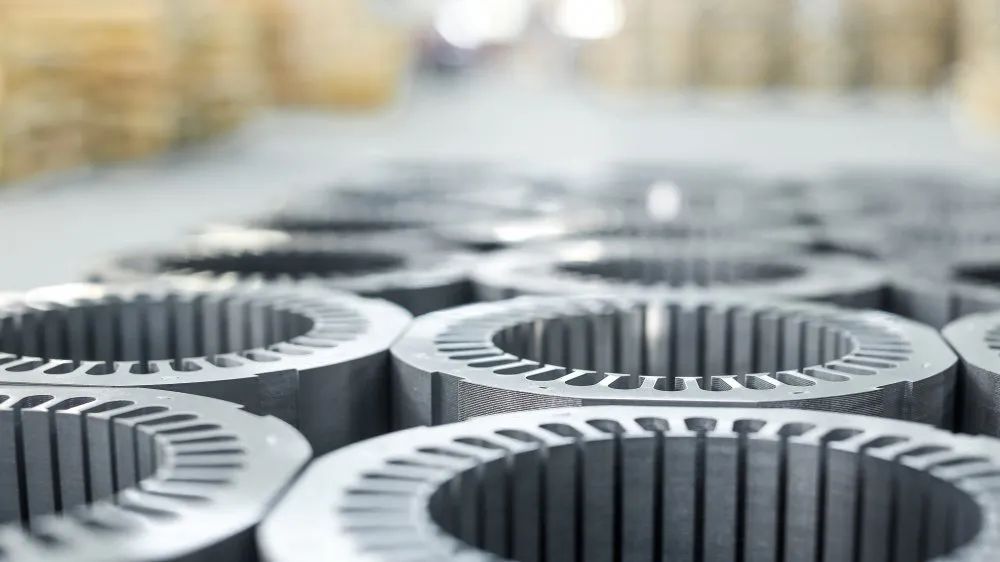
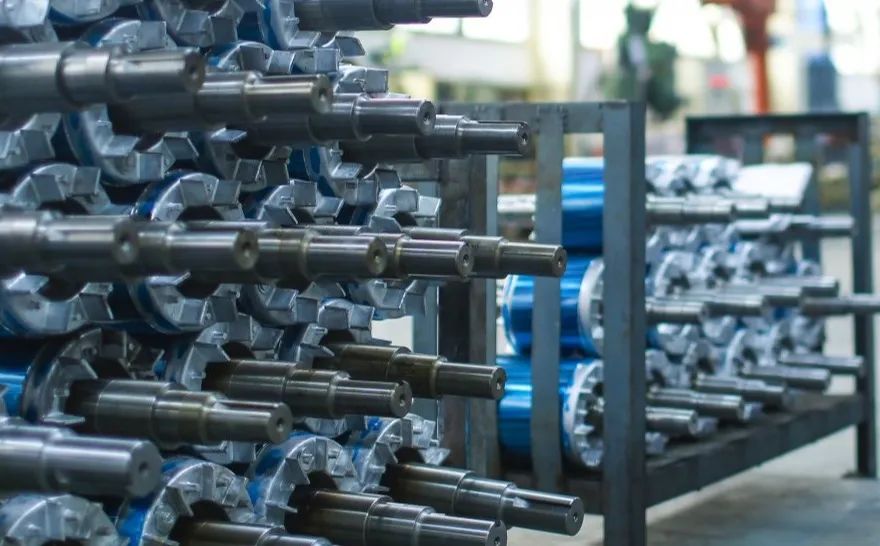
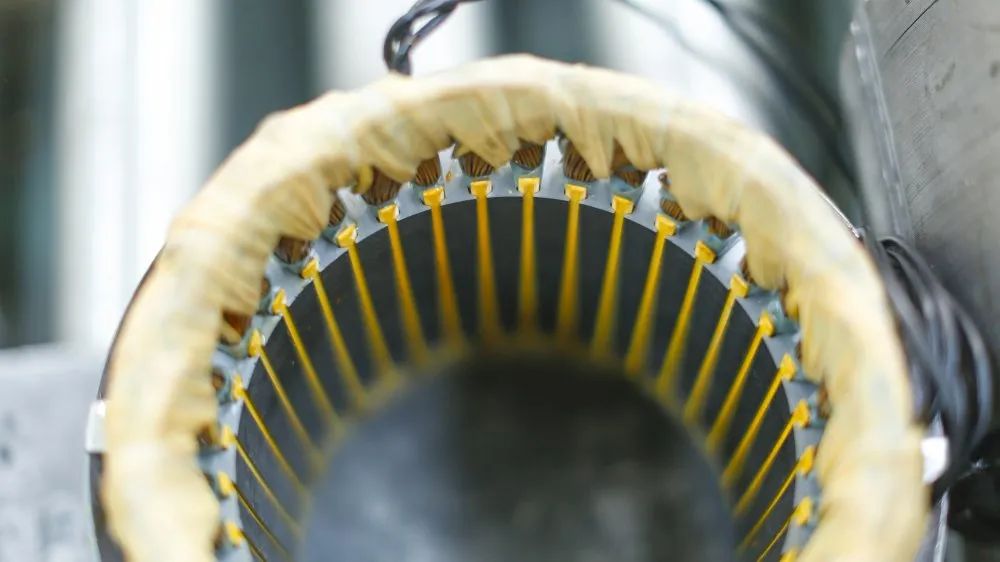
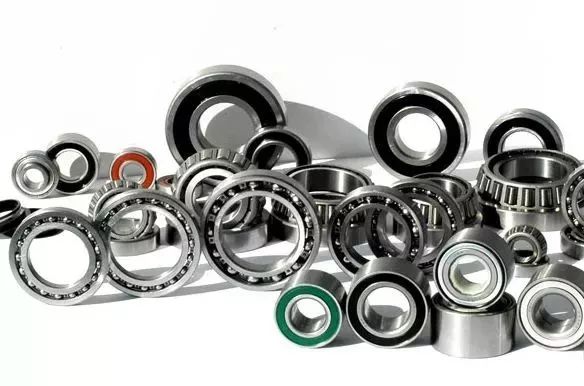
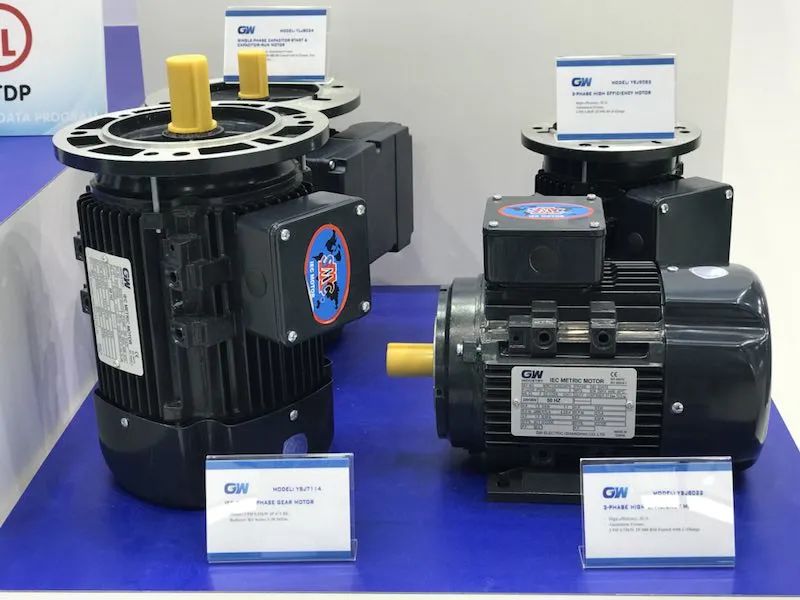
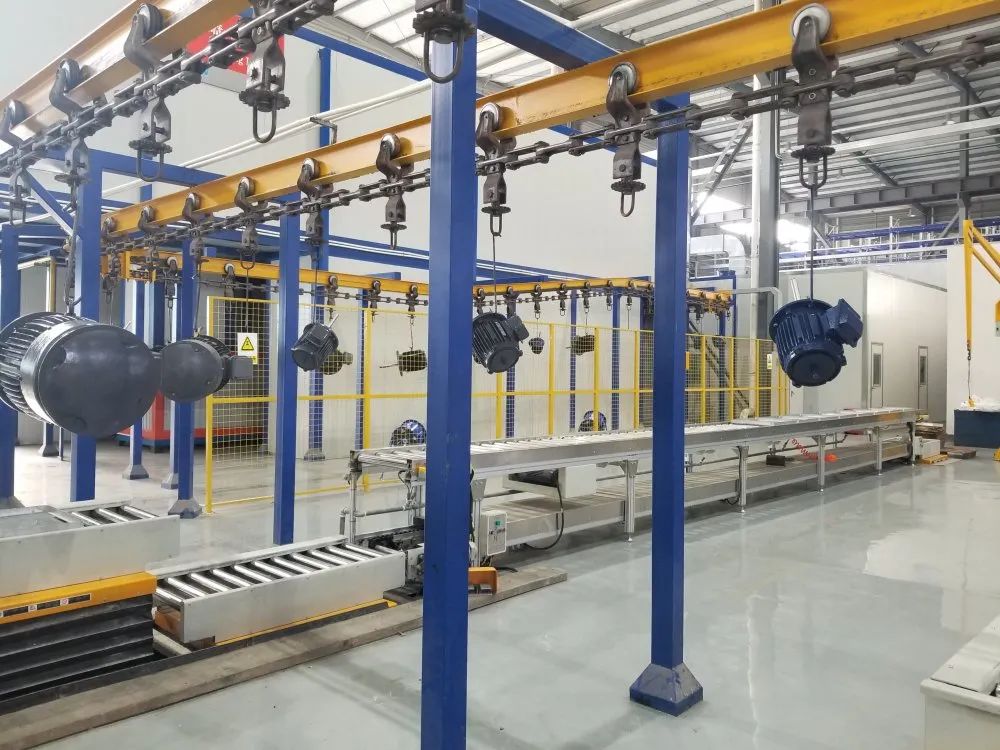
In general, the motor is basically a product that pays for what you pay for. The quality of the motor with a large price difference will definitely be different. It mainly depends on whether the quality and price of the motor can meet the customer’s use requirements. Suitable for different market segments.
Post time: Jun-24-2022